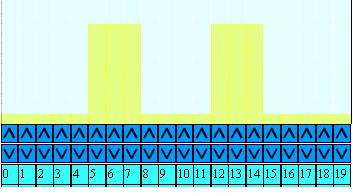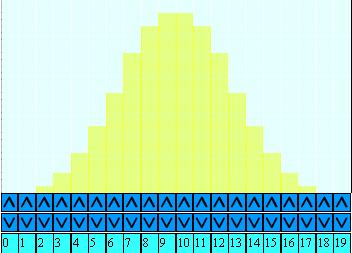Copyright © University of Cambridge. All rights reserved.
'Data Matching' printed from https://nrich.maths.org/
Show menu
Patrick from Woodbridge school sent in the following solution:
"I made frequency graphs of the data sets and I tried to find similar features.
1. A G K M have no odd numbers so they are very likely to be one set.

2. B I J O each have almost all the numbers centred in two peaks at around 7 and 13.

3. D E L N have few early numbers or late numbers (they are all grouped around the middle)
4. C F H P have the same general shape - a rise up to 17 ish, then a very steep drop.
"I made frequency graphs of the data sets and I tried to find similar features.
1. A G K M have no odd numbers so they are very likely to be one set.
2. B I J O each have almost all the numbers centred in two peaks at around 7 and 13.
3. D E L N have few early numbers or late numbers (they are all grouped around the middle)
4. C F H P have the same general shape - a rise up to 17 ish, then a very steep drop.